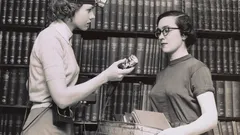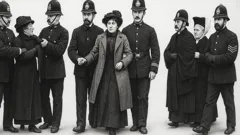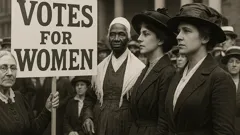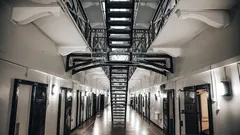193
11
4 minutes
Suggested Articles

First-generation Ivy Leaguers triumph over unique college challenges
Discover key insights, life hacks, and data-driven tips for first-generation college students thriving in prestigious U.S. universities. Find practical strategies, unique challenges, and fresh perspectives essential for student success.

Family Dig Reveals Giant Mastodon Teeth Hidden Beneath Suburban Backyard
News & Updates

7 Surprising Facts About the US Women's Suffrage Movement
Civic Education

Why classic polite habits are secretly exhausting for Millennials and Gen Z
Civic Education

Unlocking the Hidden Power of Social Learning and Collective Intelligence
News & Updates

US Suffrage Movement: How Women Won the Vote and Changed History
Civic Education

Georgia Family’s Heart-Wrenching Battle With Abortion Law Sparks Debate
News & Updates

The Surprising Truth About Which Parent Your Child’s Intelligence Comes From
Civic Education

US Birthright Citizenship Debate: What Changes Could Mean for Millions
News & Updates

Women in STEM: Shaping an Inclusive and Exciting Future for All
News & Updates

Weird U.S. Laws You Should Know in 2025
News & Updates

First-generation Ivy Leaguers triumph over unique college challenges
Hiring

Americans brace for possible Social Security cuts that reshape retirement
News & Updates

Why this Florida data leak changes how we think about privacy
News & Updates

Build your own AI chatbot and unlock hands-on tech superpowers
Resources & Tools

How to outsmart hidden medical expenses in your golden years
Civic Education

California workers secure jobs this summer with new 2025 laws
Hiring
 Love Women Vibes
Love Women Vibes

Comments